LinkedIn’s VP of talent acquisition on how recruiting has changed in the last 30 years, and where it's headed in the AI-driven future
HR Brew
NOVEMBER 7, 2024
Marty McFly’s preview of 2015 may not have been true to our reality, but the changes the recruiting profession has undergone in the last 30 years resemble something out of Back to the Future. Fast forward to today, Scruggs is able to find 312 candidates who fit that same criteria in a matter of seconds using LinkedIn’s AI recruiting tools.


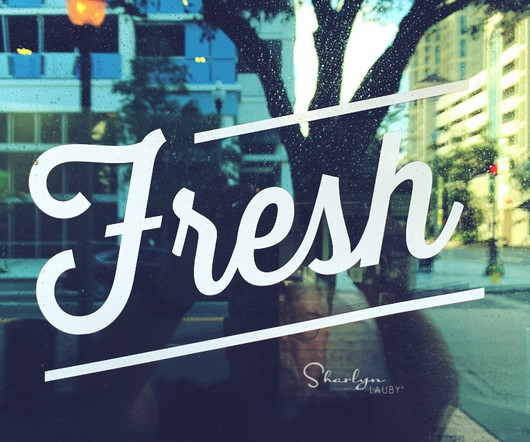


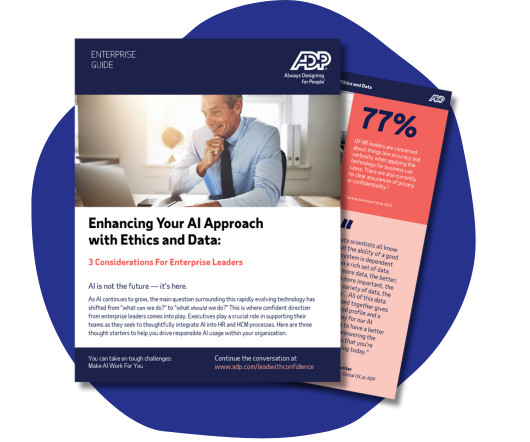









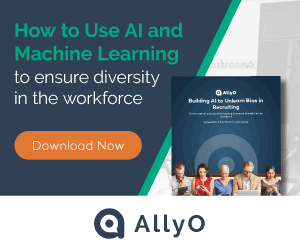
























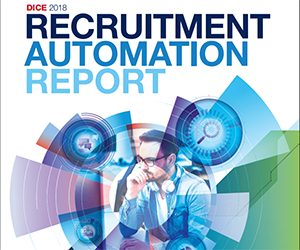




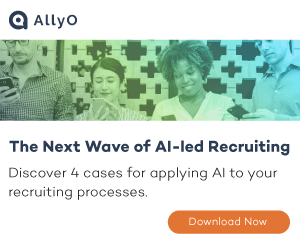










Let's personalize your content